Precious stones are gemstones that are minerals known for their beauty, durability, and comparative rarity and have been cut and polished. However, some gemstones are not minerals, and their origin is from organic materials such as amber.
How is a gemstone formed?
The circumstances necessary for the formation of high-quality gemstones are very rare. For instance, the formation of red ruby and green emerald required a source of chromium, without it other less attractive minerals will form such as corundum and beryl.
Gemstone crystals must cool very slowly as fast cooling will produce very small crystals or glasses. Thus, cooling will occur deep on Earth. Large crystals are found in igneous rocks that are formed by the crystallization of magma which originated at great depths in the range of 950-450 Co .
Here is a list of the most common gemstones found in sedimentary rocks.
1-Diamond

Diamond is the most known gemstone because of its value. Diamond formed deep in Earth at about 100 miles where high pressure and temperature exist by crystallization of ultrabasic igneous magmas which are then forced into the surface as pipes of kimberlite.
Diamond or crystalline carbon is polymorphous with graphite. The hardness is 10 according to the Mohs scale and can be easily identified by adamantine luster which is the highest luster observed in minerals.
Diamond forms in octahedral or cubes crystals. It’s known as the hardest material on Earth. It’s transparent to translucent.
The diamond’s exceptional brightness is due to its extremely high refractive power. A well-cut diamond will return more light to the observer’s eye than a gem with lower refractive power, making it look more dazzling. Diamonds have a high dispersion, which is created by the separation of white light into the colors of the spectrum as it passes through the stone.
2-Ruby

Ruby term comes from the Latin word ruber and it means red. However, it has a different variety of colors such as orange, violet, pink and purple.
Sapphire is the same as ruby in properties, only the difference is the color.
The luster is vitreous to adamantine and hardness is 9 on the Mohs scale of mineral hardness. So, it’s more durable for jewelry.
The chemical composition of ruby is Al2O3 + Cr2O3, so the red color comes from chromic oxide. The specific gravity of natural ruby is 3.997.
To improve the color of ruby you need to heat it to remove certain inclusion. The best valuable rubies with the finest natural color of the world come from Burma.
3-Blue Sapphire
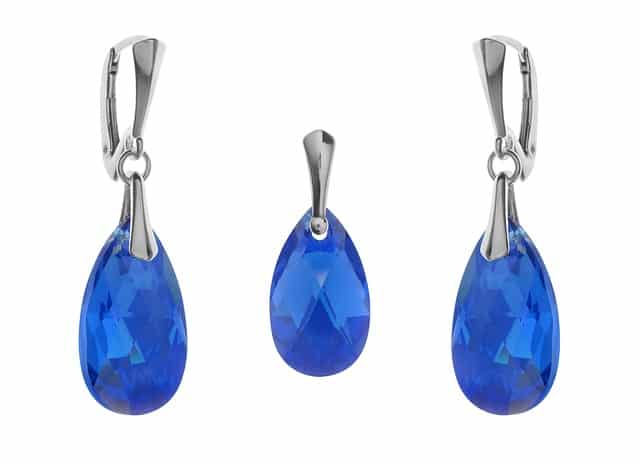
Blue Sapphire is a famous precious stone for its brilliant color and great hardness. Blue sapphire is constantly preferred for essential jewelry such as engagement rings, despite varying fashions.
Sapphire is a variety of corundum minerals. It’s a crystallized form of aluminum oxide with a hardness of 9 on the Mohs scale of mineral hardness.
The most expensive high-quality blue sapphire is that found in Kashmir.
The best way to know whether the blue sapphire is natural or synthetic is by including inclusions or imperfections. All-natural sapphire has rutile needles.
4-Emerald

Emerald is a beautiful green color precious stone. Emerald means spring green that comes from the Sanskrit word marakata. The green hue of emerald was thought to represent fertility and rebirth by the ancient Egyptians. They would frequently cut emerald scarabs and lay them in the center of a mummy to ensure that the deceased’s health flourished after death.
The color comes from the traces of vanadium or/and chromium which is from beryl mineral. The harness of emerald is 7.5-8 on the Mohs scale. 99% of natural emeralds have inclusions called “Jardin”, so the best way to know the synthesis one is by checking for inclusions.
Emerald is found in igneous and metamorphic rocks like pegmatites, schists, and granites. The finest emerald mined in Colombia.
5-Agate

Agate is a type of gemstone that is made up of layers of chalcedony, a type of quartz. Agate is found in many different colors, including red, yellow, and blue, and is often used in jewelry.
Agate is a semi-precious stone that is known for its beauty and durability. It is often used in the production of beads, cabochons, and other decorative items. Agate is also believed to have healing properties, and is sometimes used in the production of crystal elixirs and other remedies.
Agate is formed when silica-rich fluids fill voids or fractures in rock, and the fluids slowly solidify over time. This process creates the characteristic banded or striped pattern that is often seen in agate. Agate is found in many different parts of the world, including in the United States, Brazil, and India.
Overall, agate is a beautiful and versatile gemstone that is prized for its beauty and durability.
6-Opal
Opal is a type of gemstone that is made up of hydrated silica. It is known for its beautiful, iridescent appearance and is often used in jewelry.
Opal is found in a variety of colors, including white, black, and red, and is prized for its unique play of color. This play of color is caused by the diffraction of light by the small, orderly stacks of silica spheres that make up the gemstone.
Opal is a relatively soft gemstone, with a hardness of 5.5 to 6 on the Mohs scale. It is often used in the production of beads, cabochons, and other decorative items. Opal is found in a number of different countries, including Australia, Brazil, and Mexico.
Overall, opal is a beautiful and unique gemstone that is prized for its beauty and rarity.
8-Aquamarine
Aquamarine is a type of gemstone that is a variety of mineral beryl. It is known for its beautiful, blue-green color and is often used in jewelry.
Aquamarine is named for its color, which is similar to the color of seawater. It is found in a range of shades, from pale blue to deep blue-green, and is often cut into faceted gems or used in cabochons. Aquamarine is a relatively hard gemstone, with a hardness of 7.5 to 8 on the Mohs scale, and is known for its durability.
Aquamarine is found in a number of different countries, including Brazil, Madagascar, and Zambia. It is often found in granite and mica-schist, and is sometimes found in alluvial deposits.
Overall, aquamarine is a beautiful and popular gemstone that is prized for its beauty and durability.
9-Amethyst
Amethyst is a type of gemstone that is a variety of minerals quartz. It is known for its beautiful, purple color and is often used in jewelry.
Amethyst is found in a range of shades, from pale to deep purple, and is often cut into faceted gems or used in cabochons. It is a relatively hard gemstone, with a hardness of 7 on the Mohs scale, and is known for its durability.
Amethyst is found in a number of different countries, including Brazil, Uruguay, and Zambia. It is often found in veins in quartz-rich rocks such as quartzite and granite, and is also found in alluvial deposits.
Amethyst is believed to have healing properties and is sometimes used in the production of crystal elixirs and other remedies. It is also believed to have spiritual and protective properties, and is often worn as a talisman or used in meditation.
Overall, amethyst is a beautiful and popular gemstone that is prized for its beauty and durability.
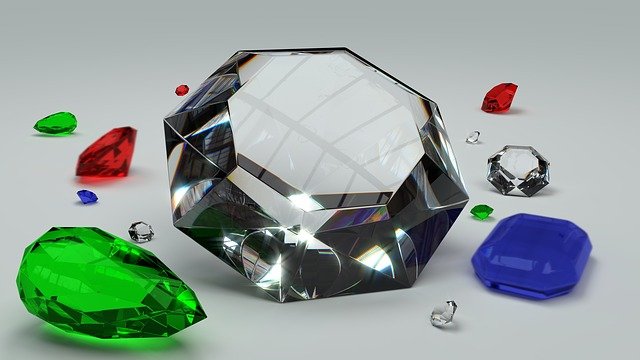
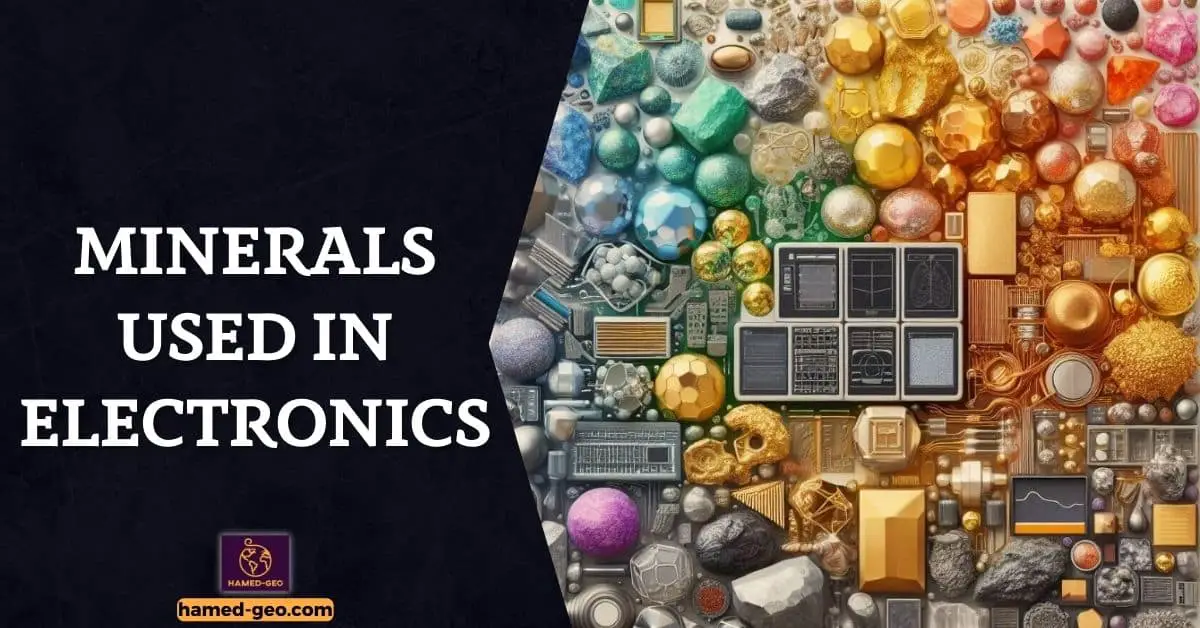
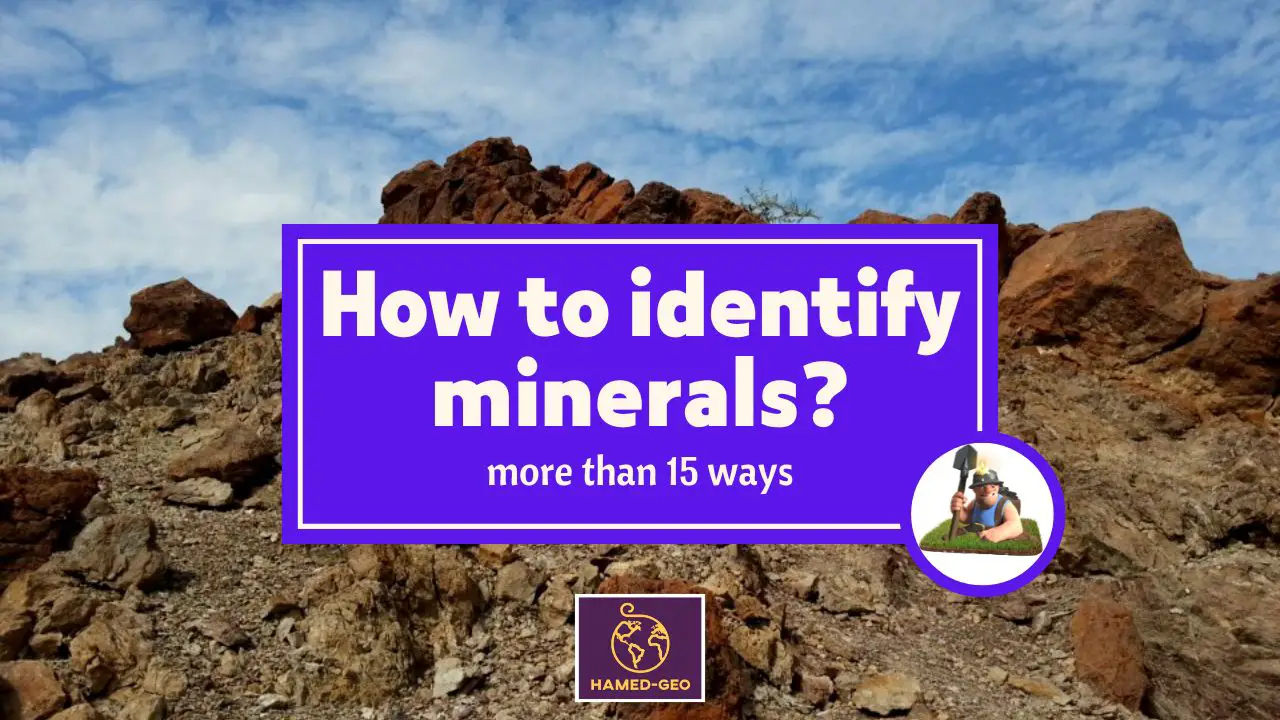
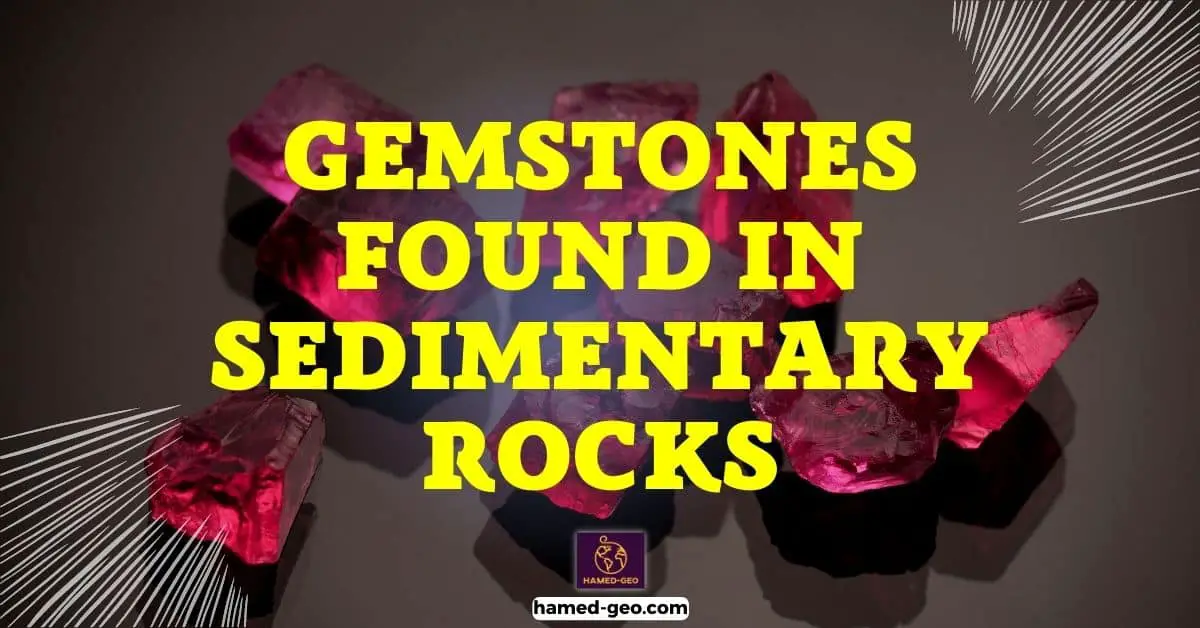
[…] in a wide range from continental to deep marine, and they contain a lot of mines and reservoirs for precious minerals such as petroleum and limestone. For instance, sandstone is a well-known petroleum clastic […]
[…] Gemmology is the study of gemstones materials and their technical aspects for identification […]
[…] are not as commonly mined, they do serve significant functions and are worth their weight in gold. Precious metals include things like gold, platinum, and silver. Non-silicate minerals include the illustrious […]